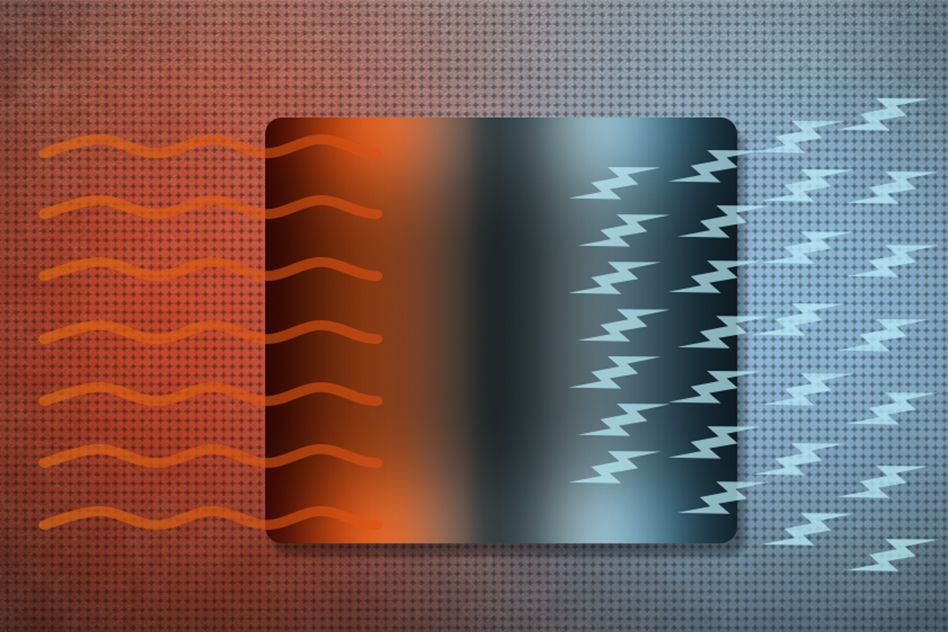A. The rising buckets lose energy pushing through the water. It is not a frictionless environment.
I never said it was
B. The energy required to keep the system running isn't the energy to fill the next bucket, but the energy to fill the next ten.
Wrong, the energy input compared to the energy output defines the useful energy gained.
You must look at this over time.
The SeaEngine is just using the lifting force of several lifting forces together. It is not creating more energy; it is simply combining the force of multiple forces into one. The torque of the machine is greatly enhanced.
Principles to run the machine
These are a few basic principles
[1] an enclosed container (X) of air submerged in water has a lifting force (Y) equal to the volume of the water displaced minus the weight of the container;
[2] connecting multiple containers one on top of the other creates a combined lifting force of (Y)+ (Y)+ (Y)+ (Y)+ (Y)+ (Y)+ (Y)+ (Y)+ (Y)+ (Y)
Which is a greater lifting force than (Y);
[3] the energy needed to fill one container is equal to the energy needed to sustain the combined lifting force of the 10 (ten) containers referenced above.
Formula used (ATM/V1) X V1 = bubble size
Output of this machine is 118,428 pounds of lifting force moving at 33 feet per second at any one moment in time.
C. Since each bucket loses energy to friction on its way up there isn't enough energy in the system to keep going without external input.
So D. Get over it.
Wrong, the energy input compared to the energy output defines the useful energy gained.
You must look at this over time.
The SeaEngine is just using the lifting force of several lifting forces together. It is not creating more energy; it is simply combining the force of multiple forces into one. The torque of the machine is greatly enhanced.
Principles to run the machine
These are a few basic principles
[1] an enclosed container (X) of air submerged in water has a lifting force (Y) equal to the volume of the water displaced minus the weight of the container;
[2] connecting multiple containers one on top of the other creates a combined lifting force of (Y)+ (Y)+ (Y)+ (Y)+ (Y)+ (Y)+ (Y)+ (Y)+ (Y)+ (Y). Which is a greater lifting force than (Y);
[3]
the energy needed to fill one container is equal to the energy needed to sustain the combined lifting force of the 10 (ten) containers referenced above.
Formula used (ATM/V1) X V1 = bubble size
Output of this machine is 118,428 pounds of lifting force moving at 33 feet per second at any one moment in time.
Again, you fail to see the obvious. It seems the problem you are having is dealing with a very simple principle.
Take a deep breath and release it slowly.
Then go to your frig and take out your favorite beer and drink it, maybe two (2) or three.
In the example I provided the sustained force pulling on the cable is 118,428 pounds of lifting force. I calculated the rising speed of this cable to be three (3) feet per second. Now in retrospect I have determined the speed would be faster. In fact the rising speed is trying to accelerate because the balloons volume is expanding.
Next-----

-
-

